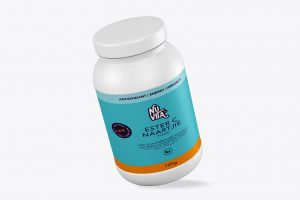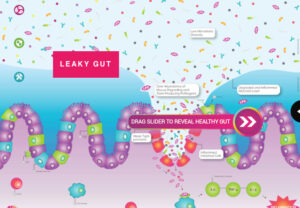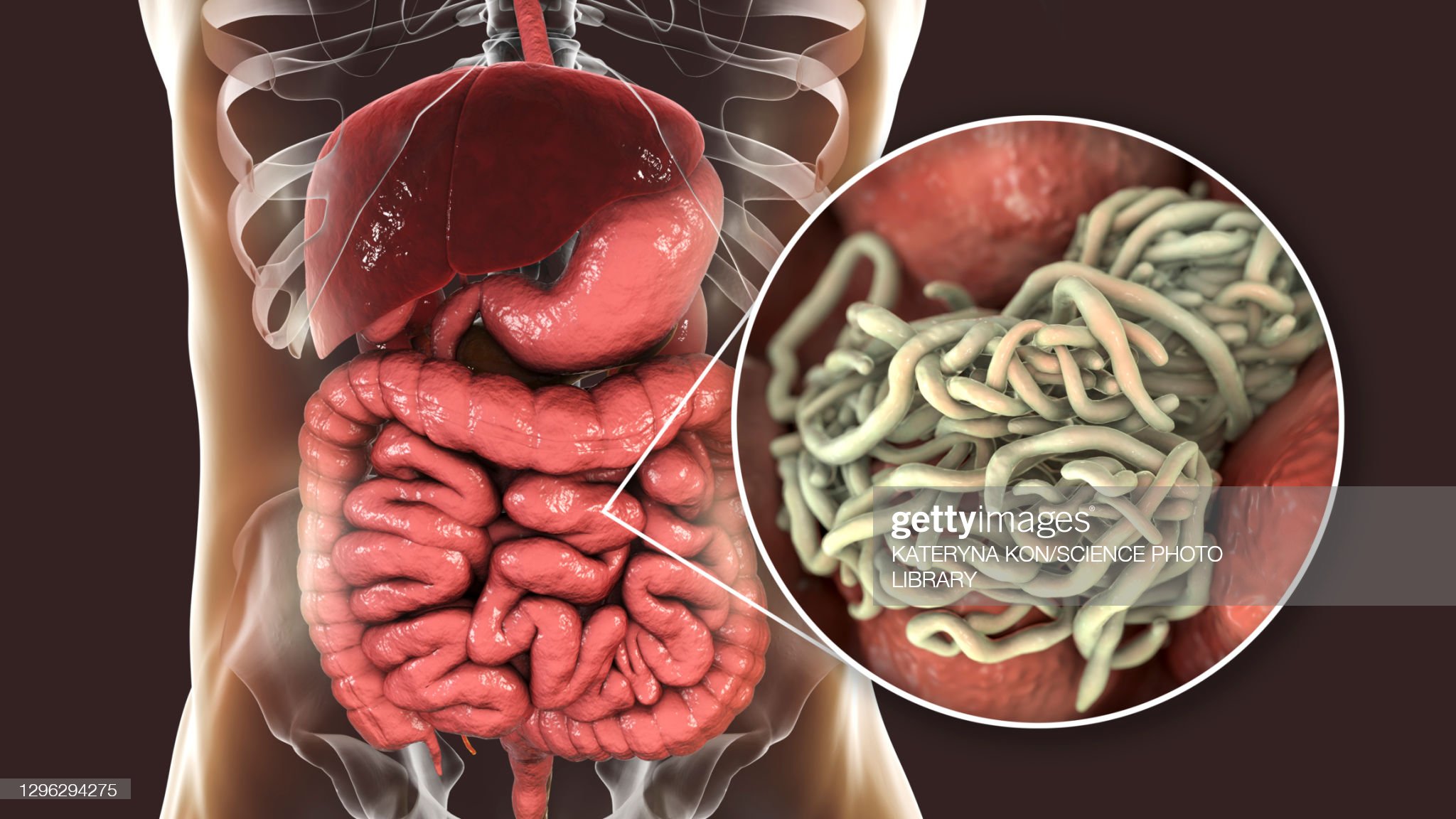A Scientist’s Guide for Parents by Dr. Byram W. Bridle, PhD
Associate Professor of Viral Immunology
June 15, 2021
THE BOTTOM LINE:
It is not appropriate to use an “experimental” vaccine in a population group unless the benefit of vaccination exceeds the risk of vaccination in that population group. With risk of severe COVID-19 in children, adolescents, and young adults of child-bearing age already so low, the benefit of vaccinating these population groups with a vaccine for which neither the long-term safety nor efficacy is known cannot be concluded to exceed the risk. In other words, the risk of serious COVID-19 is so low in children, adolescents, and young adults of child-bearing age that the standards for safety must be set much higher for them.
Many treasured colleagues from within and outside Canada have helped piece together this story. Without them, we would not have made all the scientific links that are described in this guide. As such, I can take only partial credit for this work. Instead, I am fronting a larger group of physicians and researchers; consolidating our conversations and sharing of scientific articles into my own words.
Sadly, many of these experts and professionals currently feel the need to remain anonymous to protect themselves from potentially career ending reprisals when objective scientific evidence is presented publicly.
Citations and links for important statements to show that they are backed by sound science are included. In many cases, there are other scientific articles that could have been referenced. However, the purpose of this document is not to provide an exhaustive list of references, but rather to provide sufficient evidence to support my concerns. My goal is not to prove that Canada’s COVID-19 vaccines are unsafe, but to highlight the substantial uncertainties that exist in the current base of safety evidence and my consequent discomfort with the mass vaccination of our youth.
The proper scientific process dictates that the burden of proof of safety is on vaccine manufacturers and health protection agencies. Most importantly, a lack of proof of harm is not proof of safety.
There is some uncertainty regarding the long-term safety of Pfizer BioNTech’s COVID-19 vaccine in all individuals, and especially in children, youth, and younger adults of child-bearing age. Indeed, some key safety studies appear to have been missed in the rush to roll out the vaccines, and more is being learned about the vaccines every day.
For example, there was a previously wide-held assumption that vaccination with the mRNA vaccines is safe because it is a localized event in the body, with the vaccine remaining limited to the shoulder muscle following injection and triggering an immune response in the local lymph nodes. However, there is evidence that Pfizer’s COVID-19 vaccine does not remain at the injection site. In fact, once injected, the vaccine contents appear to travel extensively throughout the body, to the brain and other sensitive tissues, such as bone marrow, spleen, liver, adrenal glands, ovaries etc.
Whether these body sites are involved in producing the spike protein is not known, as this was never studied. Nonetheless, new data have been published that, following vaccination with the Moderna vaccine (an mRNA vaccine very similar to Pfizer’s mRNA vaccine), the spike protein can enter the circulatory system. Presumably, this means the spike protein can travel extensively throughout the body. It is important to understand which organs are producing the spike protein, what factors result in the spike protein entering the circulation, how long the spike protein circulates, and in which body fluids (e.g., semen, saliva, breast milk, urine) the spike protein is present. This information is incredibly important because recent data have come to light that the spike protein is “biologically active”.
This means that the spike protein is not just an antigen that is recognized by the immune system as being foreign. It means that the spike protein, itself, can interact with receptors throughout the body, called ACE2 receptors, potentially causing undesirable effects such as damage to the heart and cardiovascular system, blood clots, bleeding, and neurological effects.
Although some might argue that the risk of the spike protein causing this type of damage is only a theoretical risk, when we are mass vaccinating a population of predominantly healthy people, including children, adolescents, and adults of child-bearing age, there is absolutely no room for avoidable error.
The current scientific uncertainties demand that the administration of Pfizer’s COVID-19 vaccine to children, adolescents, and young adults of child-bearing age be paused until proper scientific studies that focus on the safety and pharmacokinetics and biodistribution of the vaccines and the vaccine encoded spike protein can be conducted. Halting the vaccination can be done safely because:
- The risk of severe and potentially lethal COVID-19 in these specific populations is so low that we need to be very certain that risks associated with mass vaccination are not higher;
- Asymptomatic members of this population are not a substantial risk for passing COVID-19 to others; and
- There are effective early-treatment strategies for the very few children, adolescents, and young adults of child-bearing age who may be at risk of developing severe COVID-19, such as ivermectin, fluvoxamine, and budesonide.
Download the full guide here.








